 Greetings readers – Michelle Helman here, Consultant and PhD Fellow in Peace and Health Innovation at the University for Peace. I am excited to share a couple of everyday evaluation musings and tools that I love and hope you might find useful and inspiring. First, a very short story – I recently worked with a group that chose the word traumatized to describe their previous evaluation experience facilitated by another agency. They refused to use the word evaluation in their upcoming assessment process and were nevertheless keen to engage with me. We developed a learning-based framework inspired by developmental evaluation and experiential learning pedagogy that drew people in with curiosity and motivation to learn and improve while engaging in an evaluative process that supported their ongoing work. This experience got me thinking and reflecting on many instances when evaluation is an afterthought or at worst – avoided due to fear of consequences such as criticism and retribution. I was reminded of Dr. Carlo Rovelli’s work on quantum gravity that one particle cannot exist without the existence of another particle – and the importance (and potential) of connection, collaboration, and relationship in evaluation, which brings us to we… Rad ResourceIf you want to learn more about integrating open-ended questions into your evaluation design process and approach, check out my resource on Facilitation Essentials for Evaluators, which draws inspiration from a number of amazing additional resources listed in the article, and the Design Justice Network’s Design Justice Principles which can be framed as open-ended questions as well. How might we reconnect with the everyday magic of evaluation? Remember – evaluation happens and it can be experiential. To put everyday evaluation into practice first and foremost with yourself and build that into your practice. Try this at home: first, read these brief instructions then move aside from any screen. Then, use your senses that are available to notice five things you can see, smell, hear, taste, and feel. That is everyday evaluative magic, demystified. Rad ResourceIf you’d like to see some examples of the everyday magic of evaluation and data visualization, get inspired by Mystic Mamma’s Read the Signs images which provide quick visual insights with an artistic and creative flair – as a reminder that data don’t need to live on a spreadsheet – they are stories about people, places, and politics! Maybe you’re looking for more resources and a community committed to not just data visualization but data physicalization. If so, check out the Viz for Social Good website and projects page. Originally published on 7/16/24 at: https://aea365.org/blog/lawg-week-everyday-evaluation-demystification-and-magic-by-michelle-helman/
0 Comments
Being trauma-informed generally means having an understanding about how trauma works and integrating that as a lens and holistic approach in your work and relationships. Here is a basic overview of some key components to being trauma-informed in your facilitation, space-holding, and gathering. Stress happens! It impacts the nervous system (NS). It is natural and unavoidable - so we can work with it. Trauma is a somatic experience and result of an event, or multiple events, that was/were experienced and has/had an effect on the NS. It can be a one-time or chronic. The traditional understanding of the trauma response is fight or flight. If you'd like, take a moment to reflect on your experience with thinking, learning, or feeling it. Now let’s explore the 3 parts that the NS tends to respond with: Getting to WE
At the nexus of I AM and I CAN is the space to imagine and co-create!
A trauma-informed approach for an organization or team might look like:
How might we… > Integrate a trauma-Informed lens and somatic approach throughout the facilitation process?Incorporate movement, music, and rest; offer participation options, and consider energy levels.
> Hold space and balance roles - acknowledge and celebrate differences and lived experiences? Context matters – note the space, time, and people e.g. bathroom, access, safety, and snacks!
> Share stories and listen – strengthen response techniques when you experience discomfort and manage talk time? Culturally-relevant core human needs include security, connection and belonging, identity, acknowledgement and recognition, freedom, and autonomy. Remember that people need those things!
A few of many resources that inspire my approach and ongoing learning: Call of the Wild - by Kimberly Ann Johnson Healing Justice Lineages - by Cara Page and Erica Woodland My Grandmother’s Hands - by Resmaa Menakem Polyvagal Theory - by Steven Porges Substance Abuse and Mental Health Services Administration The Body Keeps the Score - by Besser van der Kolk Trauma Stewardship - by Laura van Dernoot Lipsky and Connie Burk When the Body Says No - by Gabor Maté →Let’s connect to talk about how you or your team might benefit from integrating a trauma-informed approach. NOTE: This document is for general learning purposes only - it does not provide medical advice. The author is not liable or responsible for any outcomes caused by actions taken from this publication. No part of this publication may be reproduced, distributed, or transmitted without the prior written permission and consent of the author. Written by Michelle Helman How can storytelling and dialogue be used as counter-disinformation tools? Ask the Communication Heroes. They are public servants at the Supreme Electoral Court of Costa Rica, professors from the Universidad Latina, professors and students from the University of Costa Rica, and Nicaraguan exiled journalists – all who recently participated in experiential learning workshops aimed to co-create new narratives and dialogue strategies, shift status-quo power dynamics, and build social trust and cohesion. The workshops were designed and facilitated by Michelle Helman - Specialist with the U.S. Department of State and World Learning U.S. Speaker Program, Independent Consultant, and Doctoral Fellow in Health & Peace Innovation at the University for Peace in Costa Rica. Together, we explored the following with curiosity, compassion, and courage - insights and photos shared with permission: Stories emerge and move through us in many forms with varied aims depending on context and culture. Often, the storyteller has an intention or need to convey important or unusual information, to persuade or manipulate, to share tools and concepts for learning, or as creative expression, and more. Reflect for a moment about a story you have recently encountered. What was your experience, how did you feel, and what did you learn? Who decides what ‘knowledge’ is true, real, or valid? In a world where social media, big tech, and Artificial Intelligence are increasing at an exponential rate of impact and use, countering disinformation is a significant challenge of our times. Racialized capitalism, white supremacist cis-heteronormative patriarchy, and ableist culture fuels polarization, fear, hate, harm, and violence. Burnout and trauma are significant symptoms of a broken system where disinformation and disconnection thrive. What is the way through? Key steps to determine credibility of news and narratives include going to the source, evaluating journalistic standards, verifying evidence, and checking with fact checkers, etc. (IREX). Storytelling and dialogue techniques offer additional tools for everyday use:
Go to the oak tree and ask for its story. Go to the river and ask for its story. Go to the goldenrod and ask without saying anything. Ask with your nose, your belly, your eyes. The answer won't always be words. Won't always be sound. Sometimes it will be a feeling in your body. - S. Strand, myco eco mytho GRACIAS & THANK YOU - Communication Heroes, workshop organizers, and partners: U.S. Department of State's Bureau of Educational and Cultural Affairs US Embassy in Costa Rica World Learning, Inc. Universidad de Costa Rica (UCR) UCR: Escuela de Ciencias de la Comunicación Colectiva (ECCC) Professor Alejandro Vargas Professor Mónica Quesada Radio Santa Clara Universidad Latina de Costa Rica Universidad Latina - Facultad de Arte, Diseño y Comunicación Colectiva Coordinator and Professor Nazira Castillo Supreme Electoral Court of Costa Rica - Tribunal Supremo de Elecciones de Costa Rica Nicaraguan exiled journalists’ group University for Peace #Security #Disinformation #storytelling #dialogue #facilitation #education #journalism #periodismo #media #news #democracy
Conflict and communication issues often arise when we are doing meaningful change work. I recently facilitated a session with Oregon Mediation Association addressing one of the most common questions I hear from clients: How can we respond and navigate these challenges? Creative activities can help us build the essential skills to repair and foster relationships, connection and belonging.
3 tools for your conflict resolution toolkit:
Brainstorm ideas from the group: What gets in the way?
What makes it work?
Try it on for size, keep what works, and leave the rest! Have questions? Please contact me. Originally published on LinkedIn on February 28, 2023 https://www.linkedin.com/pulse/creative-approaches-conflict-resolution-michelle-helman/ 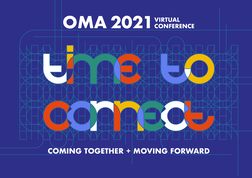 The 2021 Oregon Mediation Association Annual Conference has come and gone. Michelle Helman, Founder and Principal Consultant at Michelle Helman Consulting, LLC, led a virtual workshop, Connect & Co-Create! on November 6th. For folks who attended or who may have missed it, here is a brief write-up about it to share some tips, tools, and resources. ABOUT THE SESSION In this skill-strengthening workshop, attendees actively participated in learning about and utilizing improvisation techniques necessary to move beyond settler-created themes of neutrality toward co-liberation. Together, we co-created a space that provided the opportunity to connect via our shared humanity through play, curiosity, and imagination. For additional details, activity descriptions, tips and resources - check out the the file below:
Working as a Senior Evaluation Consultant with IREX, a global development and education organization, I get opportunities to engage in special projects across the globe. Earlier this year, I worked remotely to provide technical assistance with some brilliant staff based in Jordan and across the United States.
Using a lean research approach, we designed a stakeholder network analysis and surveyed 100+ participants in English & Arabic to determine the multi-directional connections making up a network of institutes within the King Hussein Foundation. What was learned from the data informed and supported institutional, fiscal, and programmatic decision-making regarding Civil Society engagement initiatives throughout Jordan. Specifically, these 3 principles for strengthening networks emerged:
What I loved about this project was that it was collaborative. My approach to collaboration centers relationships - where working across cultures, time zones, languages, lived experiences, and more enhances both the process and the outcome of the project. When each person on the team brings (and is welcomed to share) their unique skills, insights, and capabilities, together, these make up an agile whole greater than the sum of its parts. Read more about this project and three principles for an evidence-informed learning agenda in this IREX brief. As evaluators, we often wear many hats and ‘facilitator’ is one of them. I recently led an engaged virtual session with the Oregon Program Evaluators Network (OPEN) for practitioners to practice and reflect on a few fundamental approaches I’ve learned and developed over the years while facilitating, mediating and evaluating effective communication, dialogue and conflict transformation processes. In the session, we explored power dynamics when asking open or closed-ended questions, reacting vs. responding, and more! This is a brief overview with some resources to share:
First of all, I never planned on becoming an evaluator. I actually dreamt of being an Olympic sprinter by watching Jackie Joyner-Kersee break and set records in 1988. These days I am a slow and steady morning jogger and my iterative approach to evaluation work is similarly intentional and process-based; it also centers relationships and healing, is trauma-informed, culturally-responsive, and engages an intersectional equity lens. In the session, we started by flattening vertical and hierarchical white-settler culture introductions where you typically share your name, title and role and did this instead: rename yourself to your childhood dream job. After intros, we talked about data justice, data and story ownership (rather than extraction and commodification), participatory and collaborative methods, and the role of the evaluator as facilitator – and the power dynamics associated with that. Power Dynamics and the Art of Asking Questions When facilitating engagement, story sharing & meaning making and while providing technical support for groups and communities to use that data to benefit and improve their own processes - power dynamics come into play. Consider how you ask questions, are they open or closed? The questions you ask will inform the answers that are shared, the work that is done, and the impact that all of this has. Closed-ended questions tend to assume facts, situate the question asker to have more power and control, and usually start with words like Do or Did. Open-ended questions allow for feeling and opinion, and generally position the person responding to have more control of what and how they share. Of course, informed consent and ethical, equitable evaluation design would be a precursor to this. Shifting from closed to open-ended questions requires the evaluator to cede some power and control and co-crate space for an adaptive process of inquiry. Starting questions with what I call the 5WH: Who, What, Where, When, Why or How is one way to set yourself up for success. Consider the following questions and what types of answers they allow or create space for:
Listening: React vs. Respond Listening – are you hearing, listening or waiting for your turn to speak? A common pitfall when systems of oppression, particularly evaluation within the nonprofit industrial complex, creates a context that severely limits time and budgets, and thus does not allow space for relationship and trust-building. To work though this, we practiced sharing and listening in pairs. One person responded to a prompt and the other listened, then summarized back by saying:
This offers an opportunity for additional dialogue. Level 2: Chose a new prompt to take turns sharing and listening; breathe between speakers - make it a full inhale and exhale, your nervous system will thank you!
After a short debrief, we did this final virtual pro-tip activity: everyone rename yourself to a period, that’s right a dot “.” Then share a reflection prompt of your choice and enter anonymous comments, take-aways, curiosities, questions, etc. into the chat; always create space for more sharing and connection! Please note, I am constantly learning, adapting and growing. If there is something I’ve missed or made an assumption about - or if you are interested in learning more, sharing resources or collaborating, please contact me. RECOMMENDED RESOURCES Design Kit by ideo.org https://www.designkit.org/ EEI: Equitable Evaluation Initiative https://www.equitableeval.org/ Seeds for Change resource page on facilitation and more https://www.seedsforchange.org.uk/resources The Evaluator as Facilitator, an article by Ijeoma Ezeofor https://www.betterevaluation.org/en/blog/evaluator-facilitator-considerations What’s Race Got to Do With It? Equity and Philanthropic Evaluation Practice, an article by EEI Founder and Director, Jara Dean-Coffey https://journals.sagepub.com/doi/full/10.1177/1098214018778533 In response to the ongoing and growing call for justice, change and healing regarding the violence and harm caused by racism, capitalism and other systems of oppression - I facilitated a session at the 2020 Oregon Mediation Association Conference called Self-Care and Resiliency for Mediators.
The session was free to attend, and it was a gift for me to offer pro-bono with and for community. It centered healing and relationships though alternative dispute resolution approaches such as restorative justice. In the session, we focused on meaning making and workshopped how to respond to the challenges of decolonizing self-care practice to build resiliency as a form of resistance - by better understanding and reflecting on how white supremacist culture functions within individuals and organizations. We learned by practicing, reflecting and sharing - based on some brilliant tools (linked below) created by BIPOC and antiracist white allies. If you missed the training, here are some of the activities, resources and tools: ACTIVITY > start here > Reflect on a self-care practice you have; How did you learn it? > What other care practices are you aware of (from family, community or society)? Self-care has been co-opted and packaged for profit, capitalizing on how white-supremacy culture promotes rugged individualism, meritocracy, and rational thinking rather than feeling. It cuts us off from our hearts, guts and intuition. It promotes conflict avoidance and violence. It dehumanizes. It others. It encourages repression of emotion, disconnects people from each other and people from the land. While there is a disproportionate impact and experience of BIPOC and folx with white culture, everyone is impacted - because we are all connected. We all have a part to play to co-create change and imagine a new future. "Rest is a form of resistance because it disrupts and pushes back against capitalism and white supremacy." - The Nap Ministry When we can acknowledge this complex connection and shared humanity and apply a relational & kindship-based approach, we can re-frame self-care as an act of community care and uplift each other. While there is a time and place for affinity groups, that was not the focus of this session. When we listen in, make space for healing trauma and restoring relationships, re-member and reconnect – the way we tend to self-care can shift to an act of resilience and resistance. Resting, pausing and CRITICALLY reflecting are key steps. ACTIVITY > Reflections on white supremacy culture characteristics Which of these characteristics are at play in your life? How do they get in the way of your self-care?
TOOLS & RESOURCES > check them out! > Self-Care BINGO from artist Alyse Ruriani Design > Self-Care Compass and Card from the Community Medicine Cabinet > The Nap Ministry a rest-based movement for equity and racial justice Affirmations > Write your own!
ACTIVITY > On resilience: Ask an ancestor Take a few minutes for personal reflection. First read the prompts, if you feel comfortable closing your eyes, do so. Take a few deep breaths to be present, which will also calm your nervous system - good practice!
After this, we shared things we learned and things we are still curious about. A key takeaway for me was: next time we will have more music and a dance party! I hope to see you there. If you have any questions or comments, contact me. Please share and promote the BIPOC folx and white allies whose work is featured here; direct links to their work are embedded throughout this article in red. For more information about the Oregon Mediation Association and conference details, click HERE. Thanks for reading! I recently had both the privilege and pleasure to connect with my friend and colleague Lori Eberly, executive trainer, coach and author at Radius Executive Coaching + Development. Lori has a superpower for bridging neuroscience with truth-telling, and every time I work with her I learn something new about myself and how I show up in the world. Lori interviewed me and we discussed intersectional identities, privilege and power in peace and justice work. Additional talking points included white saviorism, elephants in the room, and how to balance reflection and action. I offered some prompts to consider for people and organizations committed to their anti-racism, social justice, healing and transformation journeys. The magic question being WHY, which I wrote about in a previous blog, Collaborative Conversations. The full interview, In Search of Justice: Living the Questions, is available on the Radius ECD website. Here are some key questions that emerged: Let me know:
I'd love to learn more and support your journey! As part of a reintegration and reconciliation process after the historic signing of the 2016 Peace Accord in Colombia between the Colombian Government and the Revolutionary Armed Forces of Colombia (FARC-EP), five ex-FARC combatants and three members of community received rafting training from a Costa Rican outfitter to spearhead an ecotourism project in Miravalle, Colombia and formed the Rafting for Peace initiative. The Rafting for Peace team was formally recognized by the Colombian government and international community and was invited to participate in the World Rafting Championships on the Tully River in Queensland, Australia in May 2019. During their time in Australia, the team visited the Rotary Peace Centre and the Asia Pacific Centre for the Responsibility to Protect (APR2P) at the University of Queensland (UQ). At UQ, the team engaged in peacebuilding activities through a mix of intercultural dialogue exchange, education, and community building events - one of which was the Colombian Café. 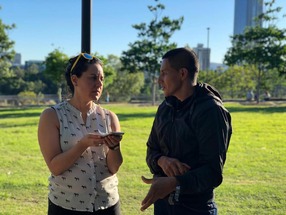 As a Rotary Peace Fellow, Dialogue Facilitator, and Mediator, I had the honor to design and facilitate the Colombian Café event. The objective of the Café was to provide an opportunity for rafting team members, United Nations staff, and the UQ community to engage in dialogue about reincorporation, reconciliation, and everyday peacebuilding. This enhanced student experience, skill building, and networking related to peace and international development. It also served as an opportunity for the rafting team to share their experiences and learn about Australian conflict, culture, and sport, and for the Colombian community to connect and learn together. Participants increased capacities to engage in intercultural exchange, understanding, and active listening. Through communicating, we strengthened relationships and resilience to build community. An unanticipated outcome was when real-time reconciliation occurred... The reconciliation process was possible because the participants had the courage to be vulnerable to ask questions and share about their experiences. Many UQ participants were Colombian nationals who were impacted by the conflict. One participant pulled me aside and shared their experience, having lost family members due to violence perpetrated by former FARC-EP members. When they shared the story at the group table, tears were shed, hearts were opened, and human connection enabled real-time reconciliation. Throughout the event, there were many similar moments at each table where people shared stories, smiles, and tears. In the end, a sense of possibility and peace the emerged only because the participants moved through difficult feelings and memories and were able to share as part of the healing, reconciliation, and peacebuilding process. While there are still challenges to building sustainable peace in Colombia, and personal and community healing and reconciliation is a process, the event was part of a larger process to build everyday peace one relationship at a time. This would not have been possible without the support of the Rafting for Peace team, the APR2P team and student coalition, Rotary Peace Fellow and my colleague and friend Isabella Sinisterra, Mauricio Artiñano and the UN Verification Mission in Colombia, UQ students and staff volunteers, UQ Latin American Student Association, Latin House, The Australian Department of Foreign Affairs and Trade, and the The UQ School of Political Science and UQ School of Humanities and Social Sciences. To learn about and support the Rafting for Peace team, check out this video on their Facebook page:
https://www.facebook.com/RemandoporlaPaz/videos/1019526621573580/ Learn about the UN Verification Mission’s work here: https://colombia.unmissions.org/en/rafting-peace-former-farc-ep-members-will-participate-world-rafting-championship-tully-australia About the APR2P Centre: https://r2pasiapacific.org/ |
AuthorHi, I'm Michelle, a Researcher & Facilitator playing in the nexus of health, justice, and peacebuilding. Archives
March 2024
Categories |
||||||
|
You have the answers - we help you find them!
Contact us to schedule your free discovery call today. |
© COPYRIGHT 2023.
ALL RIGHTS RESERVED |

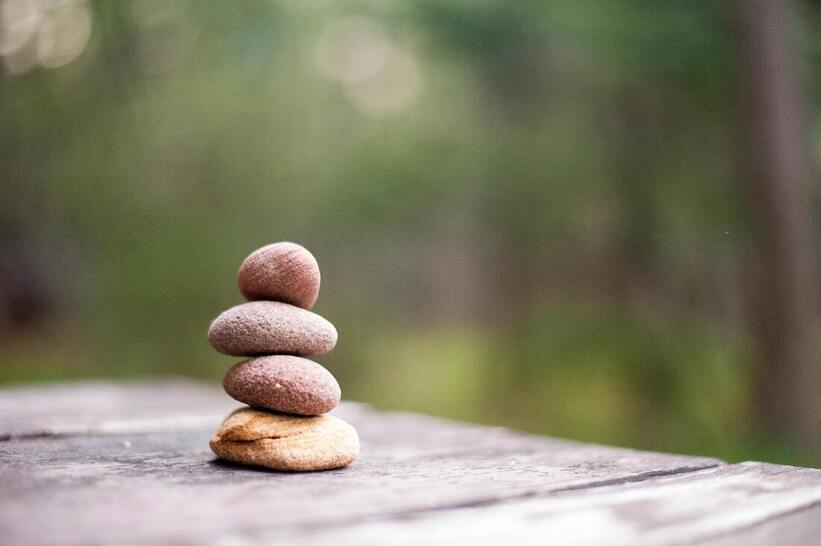
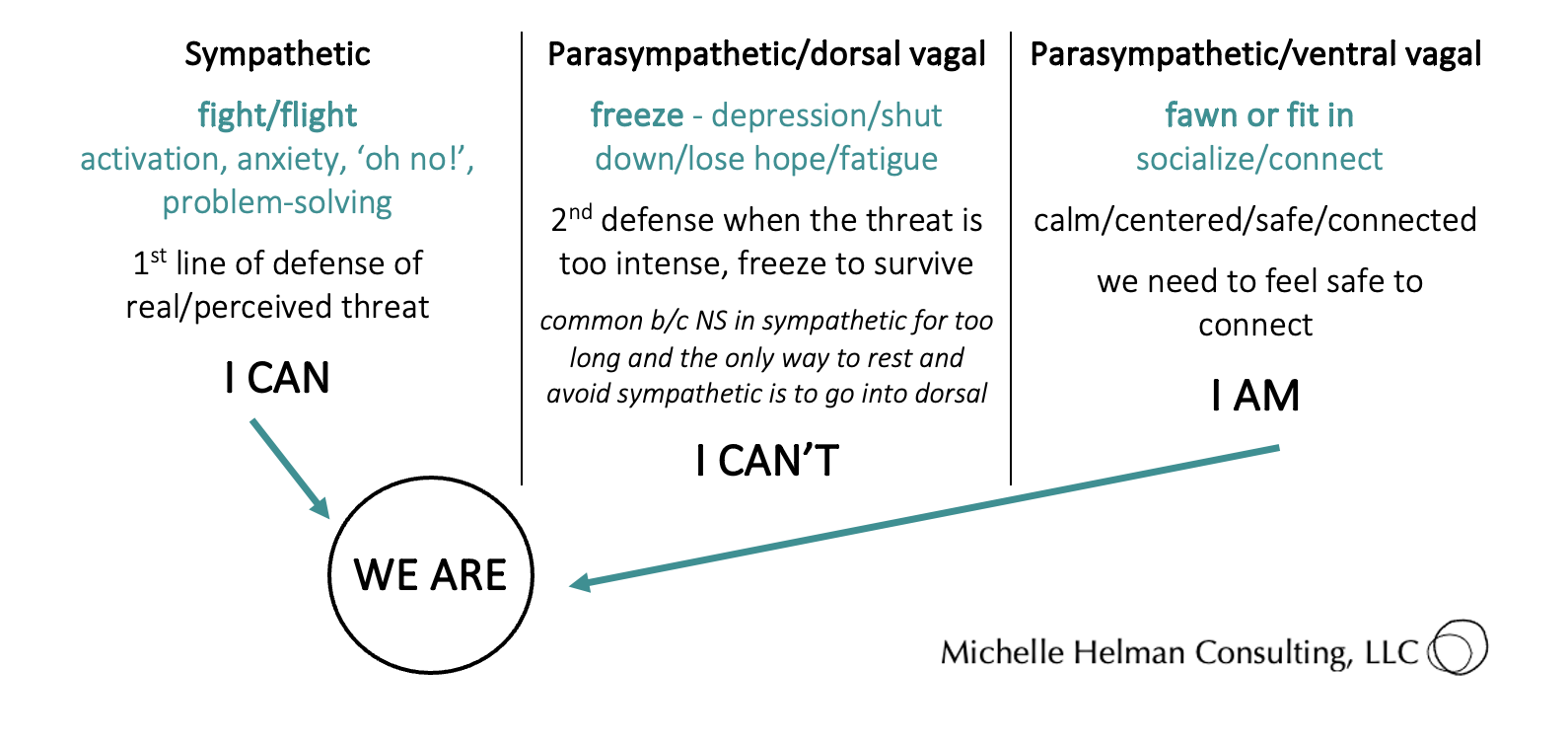
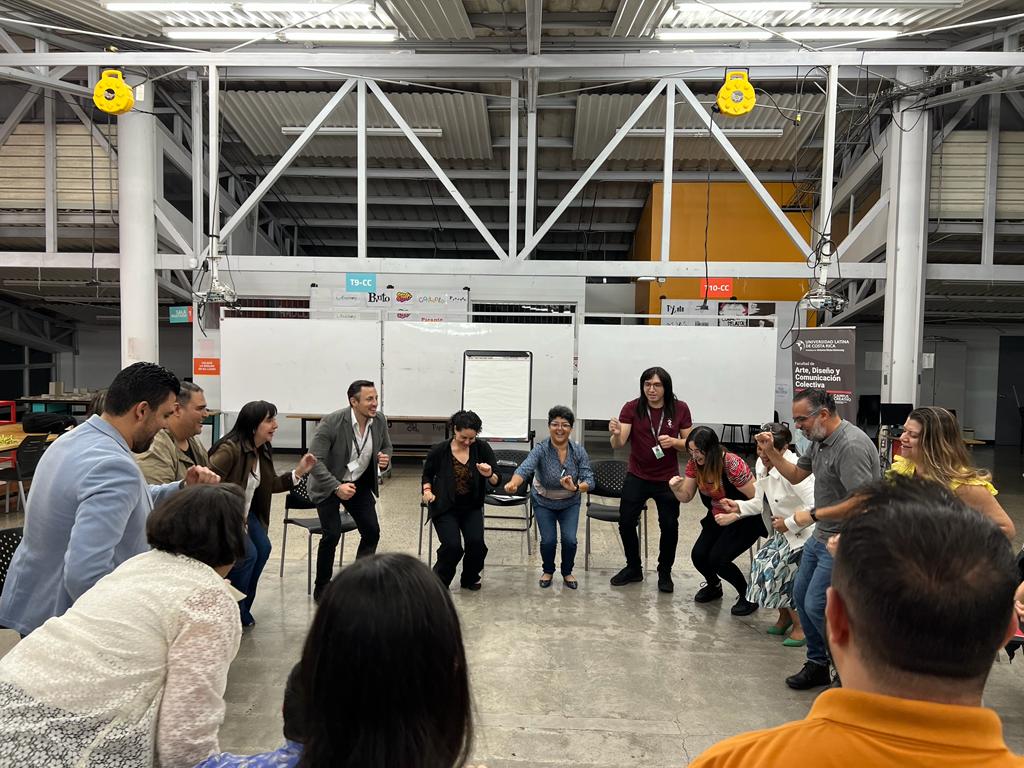
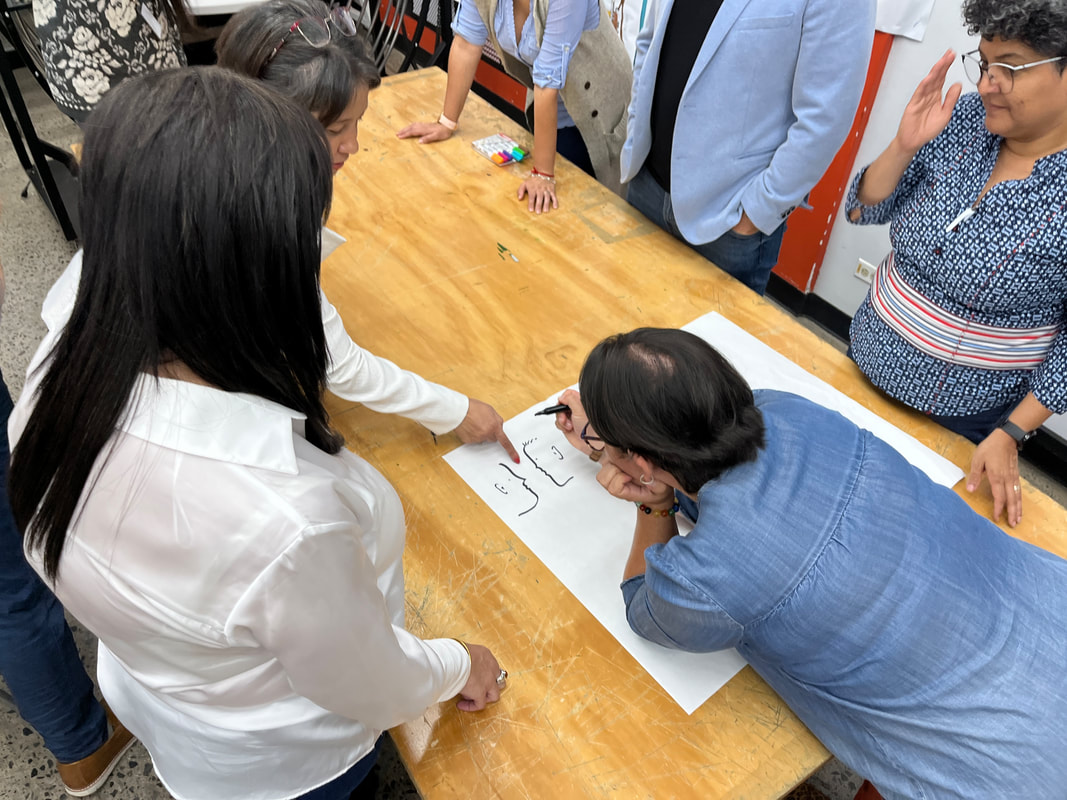
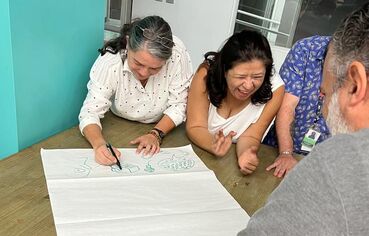
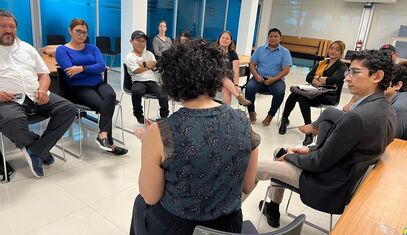
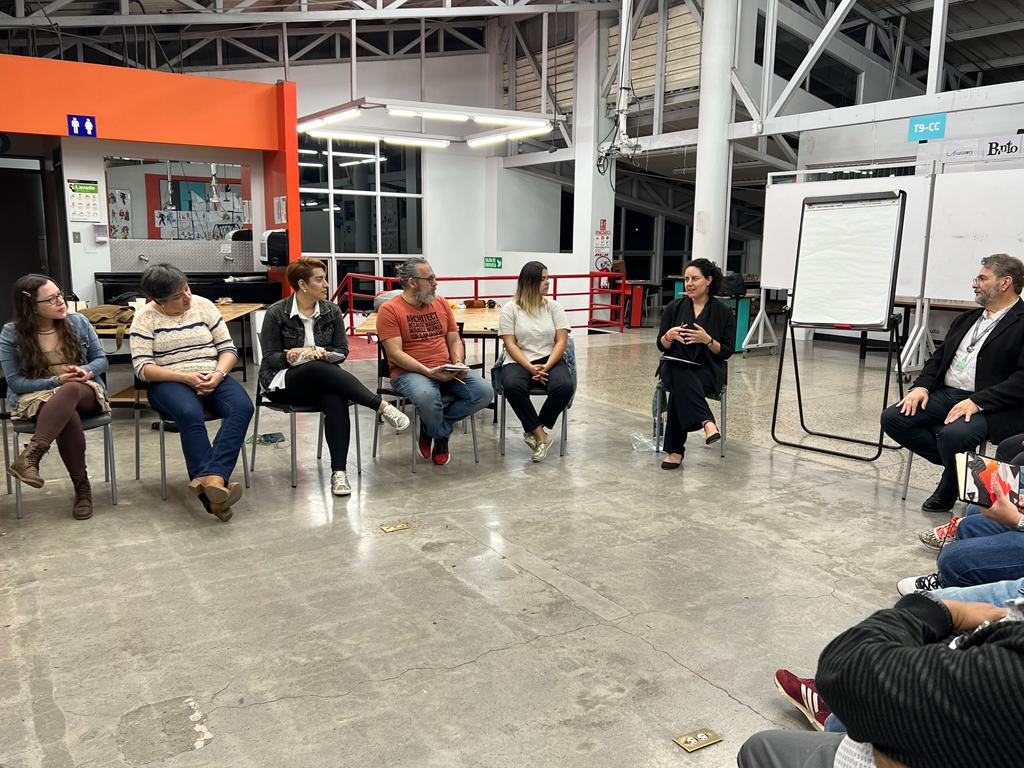

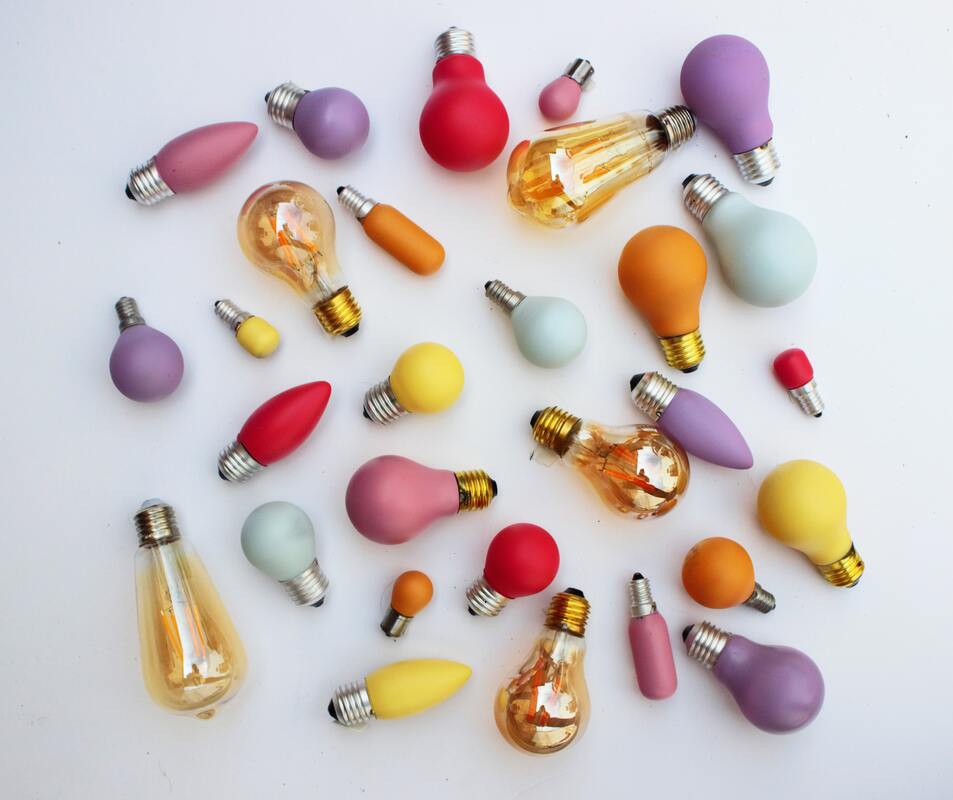
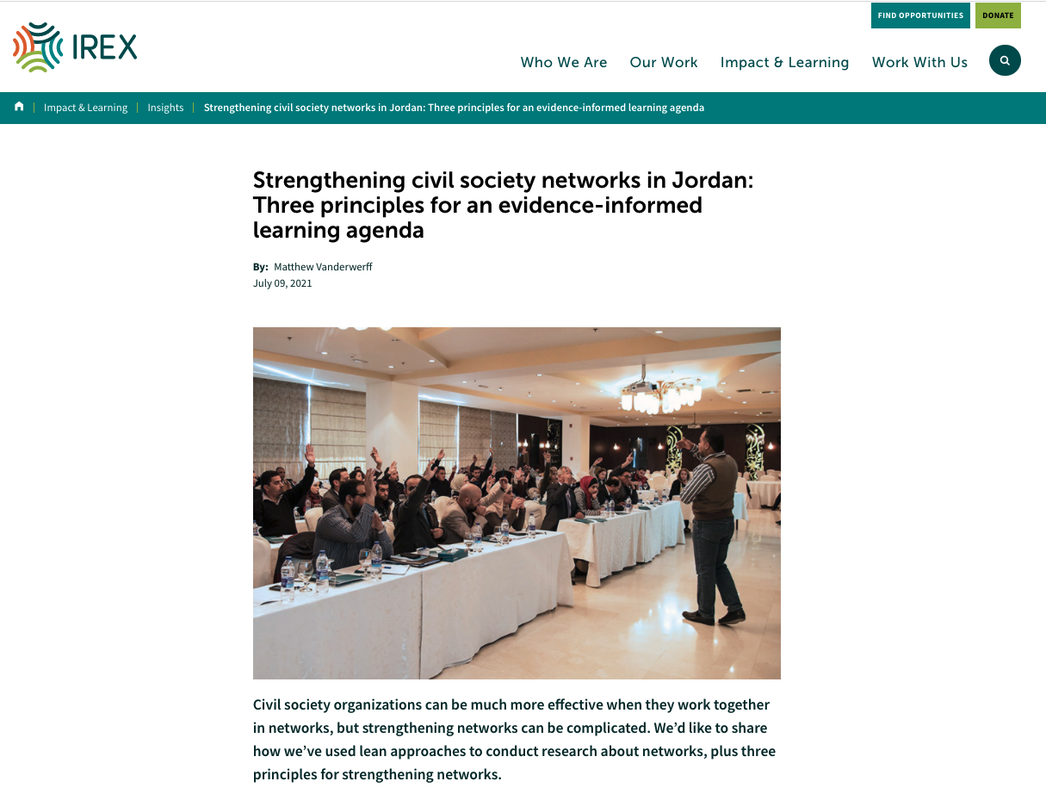

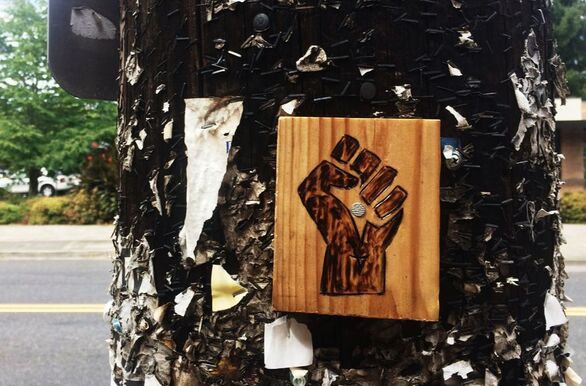
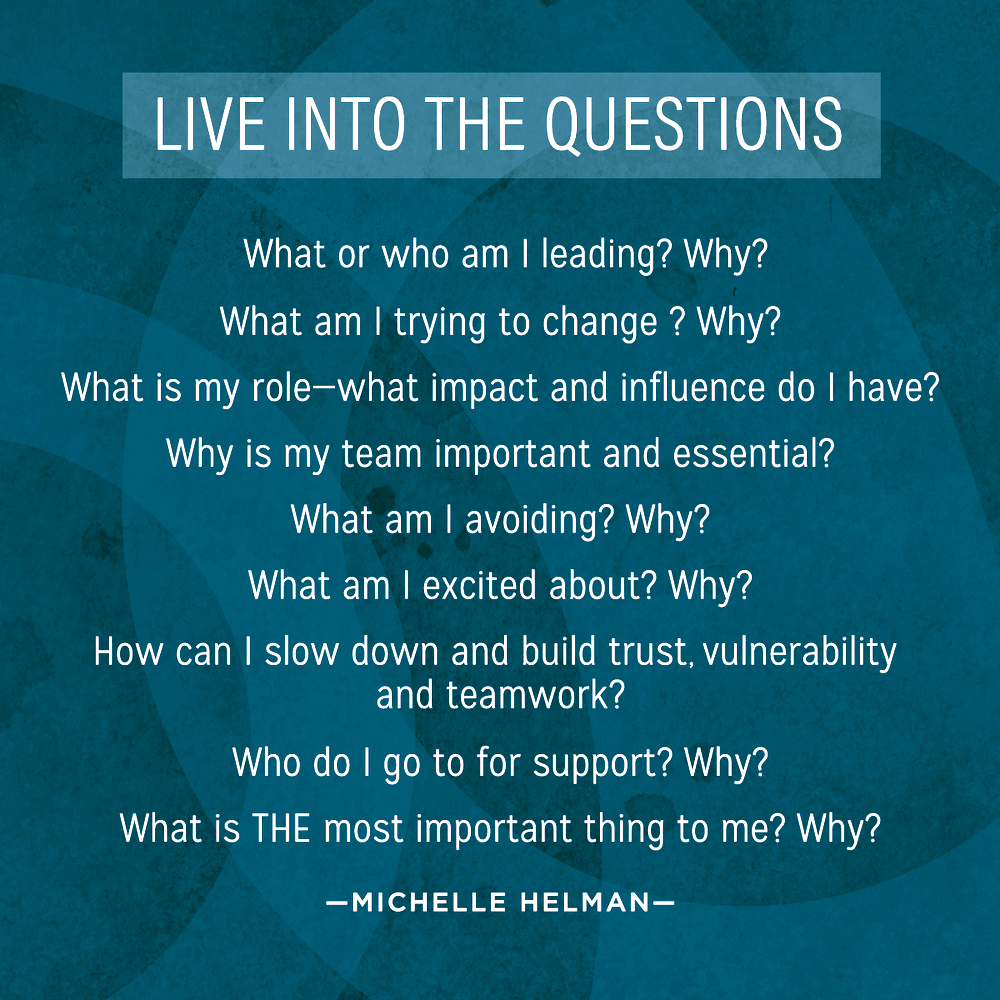
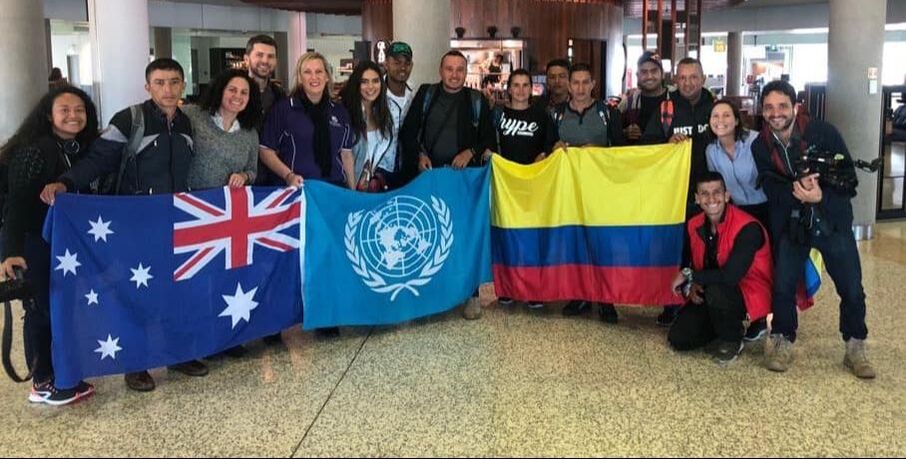
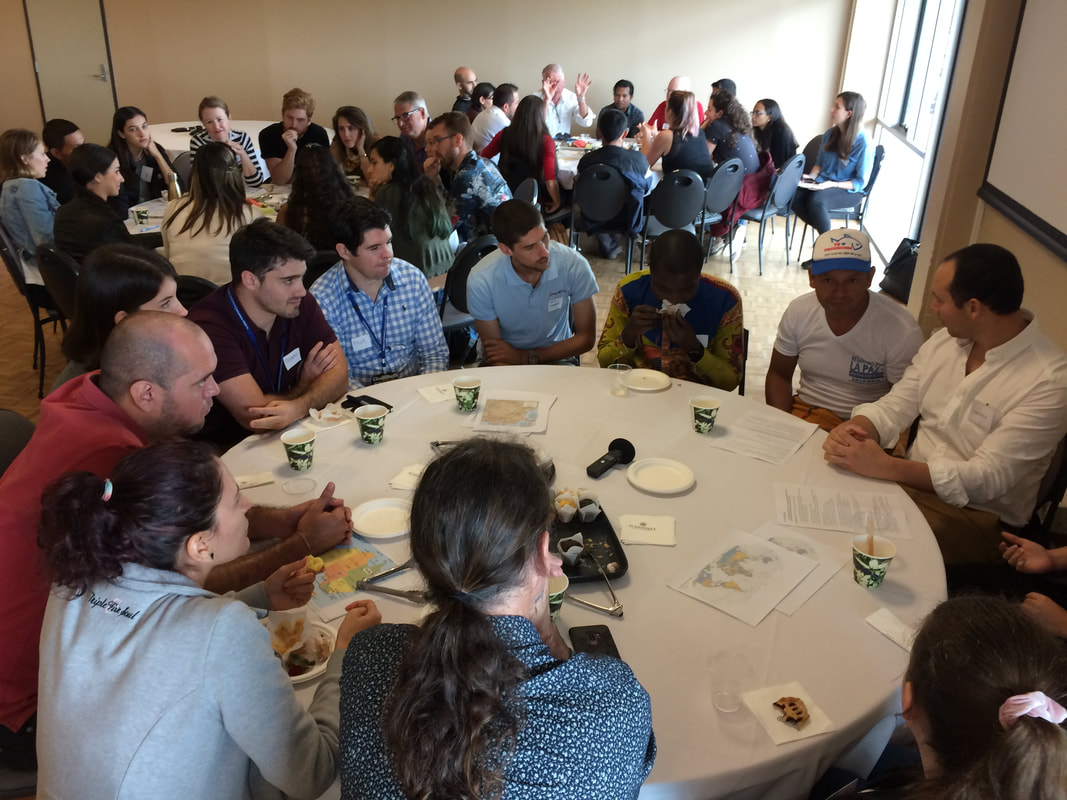

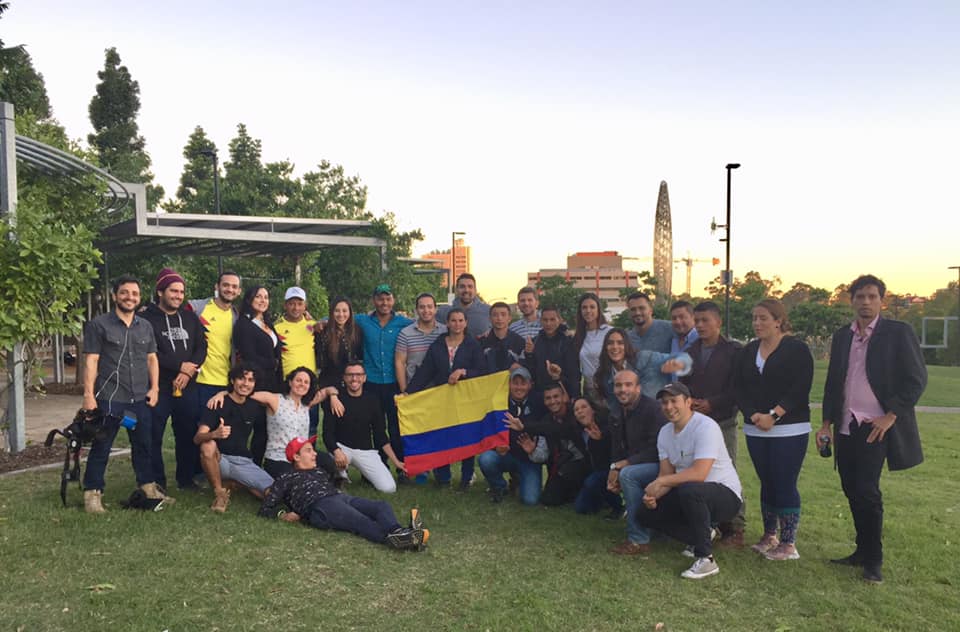
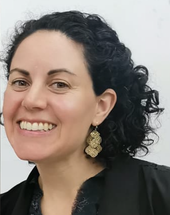
 RSS Feed
RSS Feed